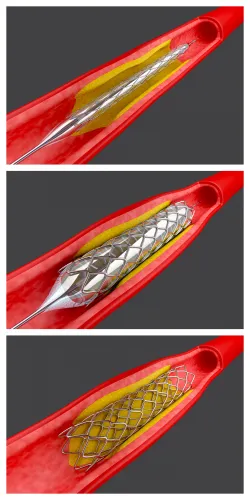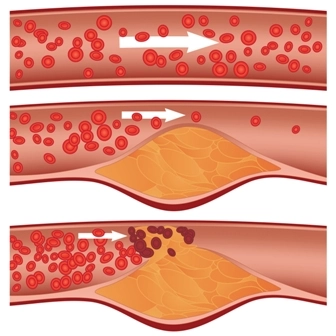Radiology Coding Alert
2019 ICD-10-CM:
Start Prep Now for these New and Revised Radiological ICD-10-CM Codes
Published on Wed Jul 11, 2018

You’ve reached your limit of free articles. Already a subscriber? Log in.
Not a subscriber? Subscribe today to continue reading this article. Plus, you’ll get:
- Simple explanations of current healthcare regulations and payer programs
- Real-world reporting scenarios solved by our expert coders
- Industry news, such as MAC and RAC activities, the OIG Work Plan, and CERT reports
- Instant access to every article ever published in Revenue Cycle Insider
- 6 annual AAPC-approved CEUs
- The latest updates for CPT®, ICD-10-CM, HCPCS Level II, NCCI edits, modifiers, compliance, technology, practice management, and more
Related Articles
Other Articles in this issue of
Radiology Coding Alert
- 2019 ICD-10-CM:
Start Prep Now for these New and Revised Radiological ICD-10-CM Codes
Employ these crucial codes into your radiology coding repertoire in time for 2019. Staying on [...] - CPT® Coding:
Decide When to Bundle, Combine Imaging Codes Using this Guide
Use CCI edits and modifier status to help streamline payments and prevent denials. There are [...] - ICD-10-CM Coding:
Can You Code this Tricky Cartilaginous Disease of the Knee Diagnosis?
Put on your thinking cap and work your way through this challenging example. If you [...] - You Be the Coder:
Code as Complete Retroperitoneal US Via One of Two Methods
Question: I am having trouble deciding between 76770 and 76775 on a report I am [...] - Reader Question:
Adhere to Current ICD-10-CM Guidelines for Functional Quadriplegia Code
Question: The indication states that the patient is unable to move his upper limbs, but [...] - Reader Question:
Use M43 Code Set to Report Congenital Spinal Fusion
Question: I’ve come across a report that states that the L5-S1 spine has fused together. [...]
View All




